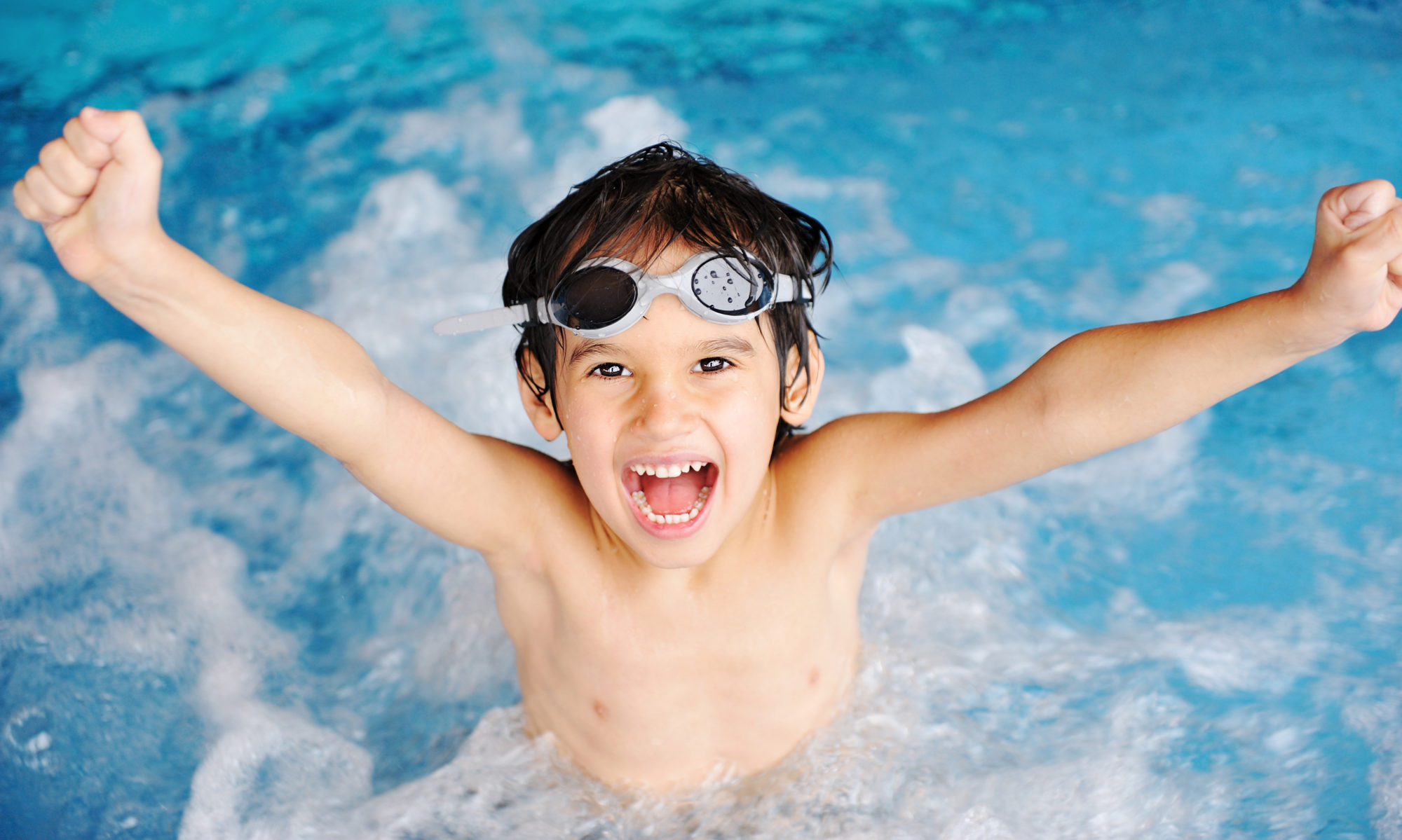Kids learn by playing. The more you can make learning to swim fun for your kids, the more they’ll like it, the quicker they’ll learn, and the more fun you’ll have teaching them. Helping your kids get a feel for the water will give them a leg up when they’re learning every swimming skill. This game can help give them awareness of how moving their bodies in the water feels.
Play Rock-a-bye Baby. (If your kids are older, you can make it campy, even though they’ll secretly enjoy it.) Start by holding your child just at the surface of the water. When you get to “the cradle will fall,” allow your arms to drop a few inches quickly. Your child will get a feel for being in the water by himself with all the security of your arms. After you’ve played a few times, talk about the physical sensations of rocking in the water and falling. Is it fun? Does it feel delicious?
